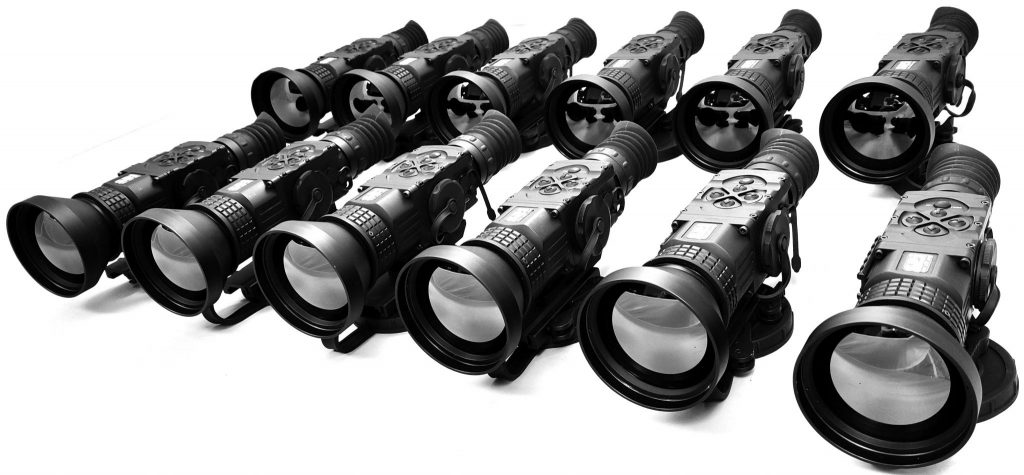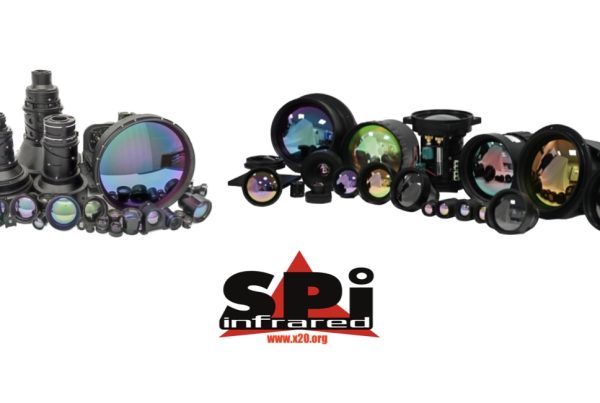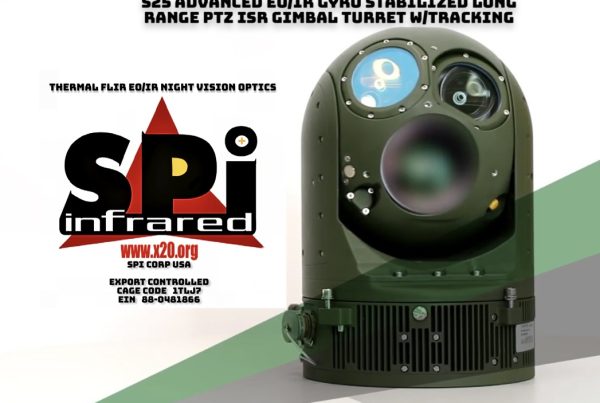How handheld flir Thermal Imagers are used
in modern everyday applications.
Aside from references to the popular 1987 movie the predator, how handheld flir Thermal Imagers work hasn’t gotten a lot of mainstream attention. In the past several years, dropping prices have seen their increased use in troubleshooting. There’s a good reason for that. Thermal imaging has always been in transition. A lot of recent technological changes have really brought these tools into the mainstream. Thermal imaging technology migrated from contact readings to infrared to thermal pictures. As it did this it also became more affordable, Handheld flir Thermal Imagers used to cost upwards of $35,000 not too long ago! Today you can pick up a tool in this category for under $300. They even make them as accessories for your smartphone. That’s a considerable price swing, but one that is great news for tradesmen who use them—or who now can for the first time.
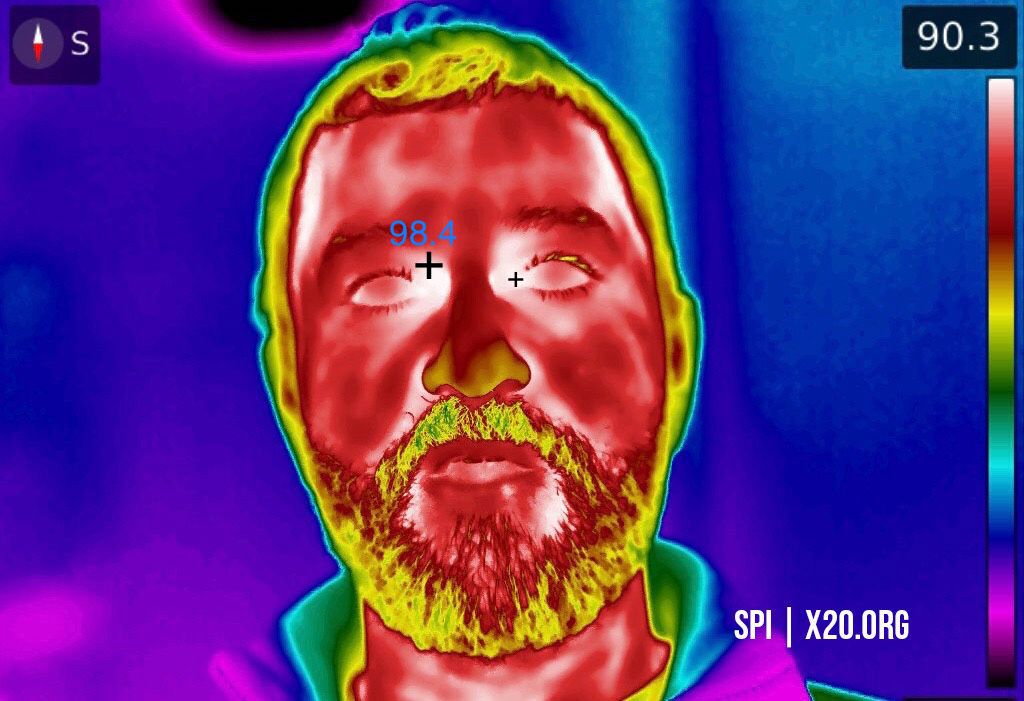
How Handheld flir Thermal Imagers Work to Identify Heat Sources
Lets go over the uses for these infrared heat-imaging tools, but first, it’s good to understand just how thermal imagers work. After all, that’s more or less the point of this article. They are incredibly complex and “smart” devices. A thermal imager is essentially a single spot temperature gun on steroids…and then some. If you think of a single spot thermometer as a black and white photo, the thermal imager is a full-color high-definition movie. You’re taking hundreds of single spot readings and tying them together—and you’re doing that every second. Each measurement is translated into a color, which the tool then puts together to generate a heat map. It’s like a weather map, and it delivers a temperature profile as well as an image of the target.
Click here to see examples of
handheld FLIR thermal imaging Monoculars, binoculars and scopes
What Makes Handheld flir Thermal Imagers Complex
Specifically, each pixel in the array of a Handheld flir Thermal Imager responds to infrared energy. The way it responds to what it measures correlates to the temperature picture it produces. The “magic” comes in creating a readable temperature map. Because each pixel has its own reaction to the energy, you have to turn all of that information into something that makes sense on the viewable LCD screen. It’s quite involved and pretty significant.
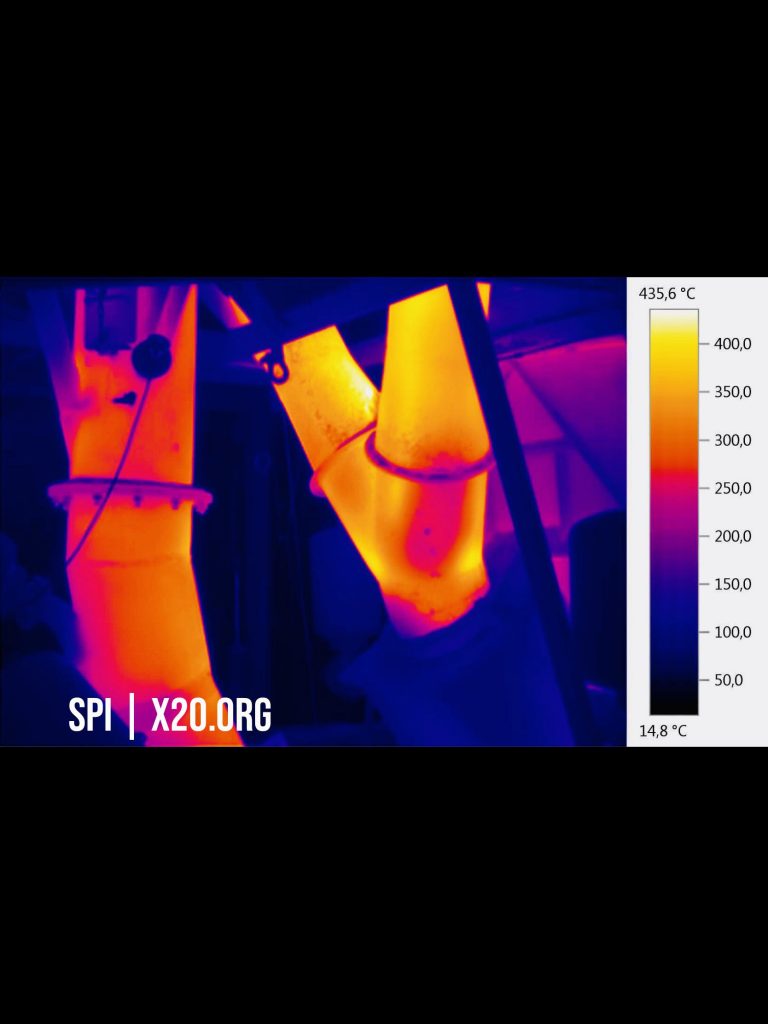
Another thing that adds to the complexity of how Handheld flir Thermal Imagers work is that the sensors on thermal imagers are, as you might expect, very sensitive. Just by holding the product, your skin will warm it up by 0.1 degrees Celsius. This will impact the temperature reading.
A good Handheld flir Thermal Imager works by compensating for every increase temperature that comes into the product from the environment. It doesn’t really matter if it’s the heat or cold outside or a temperature change caused by holding the tool. Even prolonged use of the laser pointer on some of these tools can affect the heat measurement if not taken into consideration. This whole internal/external temperature dance is based around the array which is located within the housing. Any time there is anything that impacts the housing, the array compensates.
How Different Types of Handheld flir Thermal Imagers Work
Thermal devices come in three basic flavors. There are the “simple” infrared thermometers that take an average point source measurement. (The technical term for these tools is pyrometer.) There are also visualization tools that use pyro-array technology. Finally, there are microbolometers.
The real breakthroughs have occurred in the middle category. Pyro-array devices can use less expensive technologies to bring thermal imaging capabilities to lower price points. These new visual thermometers feature a pyro-electric array that can generate a thermal image similar to how a microbolometer does it, but at a reduction in manufacturing costs. The technology is based on a combination of single sensors that work together to create the thermal map.
Handheld flir Thermal Imagers Limitations
There are limitations to what these newer inexpensive arrays can do. For starters, there’s an upper limit to how big you can make them, so you can’t get as clean and crisp a picture at larger resolutions. To get this higher resolution, you need to bump up to an actual microbolometer. Microbolometers also bring more sensitivity, so they do a better job of determining smaller temperature variances. As an example, a microbolometer can have a resolution of .10 degrees Celsius or better, while a typical pyroelectric array’s resolution is .25 degrees Celsius.
Handheld flir Thermal Imagers Get Affordable
Just as manufacturing costs (and consequently, prices) keep dropping in the digital imaging world, the same thing keeps happening with thermal imaging. The trend seems to be twofold. First, thermal imaging is becoming increasingly affordable. Since more professionals know how thermal imagers work, these tools are seeing more use. Second, significant advancements and features are making them easier to use.
Integrating visual imagery for Better Resolution
An example of this would be the newest products that overlay the colorful infrared color temperature maps on top of the actual images. Unlike older models, the newest ones are also focus-free. Features like this make it incredibly easy to use the device and understand what it is you’re measuring.
Electronic compasses have also become a new feature, that lets you document and distinguish which direction or panel you were inspecting at the time of the recorded measurement. Some of the new tools are also quite rugged and can take a drop.
Who UsesHandheld flir Thermal Imagers?
If you’ve never been interested in the use of a thermal imager, you probably aren’t likely to start now, but there are some very key areas in which these tools are starting to become very integral—particularly as prices continue to drop and the technology becomes more accessible to more and more tradesmen.
Click here to see examples of handheld thermal imaging
flir equipment in various formats
Military, law enforcement, search and rescue security and surveillance professionals
Perhaps The most common usage of handheld Flir thermal imager’s is their use for night vision applications, these devices offer very extensive capability for seeing in pitch darkness and an adverse conditions, military and law-enforcement professionals throughout the world use handheld thermal imaging cameras in many formats, they come in binoculars monoculars, thermal rifle scopes, pan tilt zoom (PTZ), The systems are used for short medium and long range visual enhancement applications, unlike the traditional green night vision which also has extensive benefits thermal imaging night vision systems work based off of infrared heat radiation that’s giving them the capability to see in total pitch darkness.
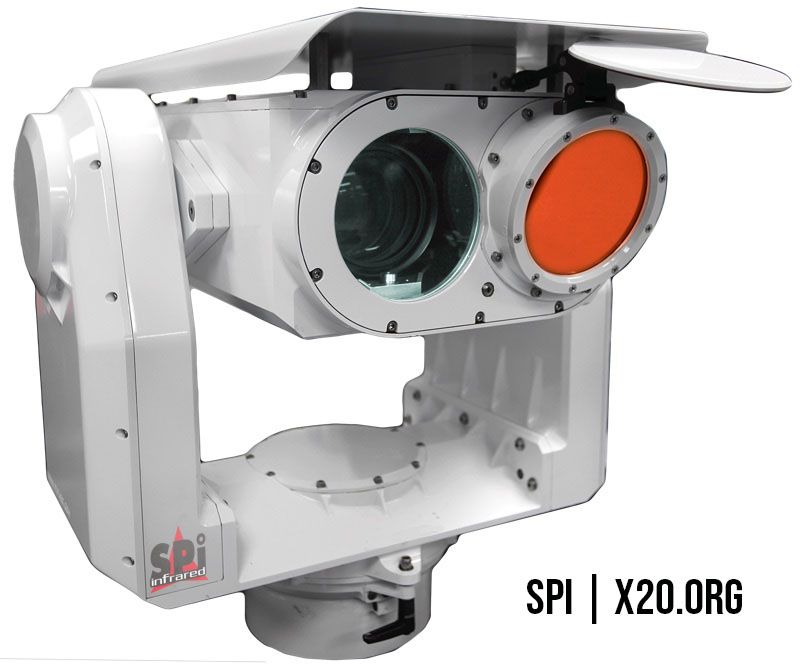 Click here to see an examples of PTZ
Click here to see an examples of PTZ
long range thermal imaging Flir Cameras
Industrial
The industrial applications for a thermal imager are nearly endless, but the primary use is for in-house maintenance inspections. You could lose a line for a week because of a loose wire or a blown or malfunctioning fuse. A bearing could be going bad in a motor that runs a critical function. All of these are problems you simply wouldn’t be able to see by eye but would be able to catch during a thermal scan. Without a tool that can “see” these problems before they progress to a point of failure, you won’t spot the problem until it’s too late.
Electricians
Electricians, both commercial and residential will do an electrical system installation and use these to prove their installation or repairs were done correctly. Companies like Fluke include software to let you generate a custom report. In this way, you can document your work and deliver documentation on a panel or other electrical system.
HVAC
HVAC and mechanical contractors will use this imaging tool in a similar way as electricians, but their application is different. They may use the tool to monitor HVAC systems, motors and pumps and check them for points of failure.
Automotive
This was a surprising category but one that makes a lot of sense. With newer, less expensive, visual thermometers, in particular, you can use these tools to see problems with a blocked condenser or a malfunctioning rear window defogger. It immediately lets you see which parts are warm and which aren’t. With vehicles, there are simply areas that are inaccessible without a lot of labor, and a tool like this can be invaluable to have in a shop to help in troubleshooting and diagnostics.
Firefighters
Many people will recall images of firefighters using fancy scanners to navigate their way through a burning building and identify people within. These tools also utilize the same basic principles as thermal imagers. The difference is that they don’t need precision instruments to tell them the exact temperature. Rather, they need the more advanced capability to distinguish contrast so as to identify body heat from an adjacent burning room. (This is essentially the ability to adjust the dynamic range to cancel out the flame.) They also care a little bit more about durability and heat tolerance. After all, when was the last time you needed a tool housing to withstand temperatures in excess of 200 degrees Fahrenheit?
We are here to help assist you in selecting the absolute highest quality, cost effective
day/night video security/surveillance system for your needs.
Additional Long range thermal cameras
are available at this LINK
Click here for the history and terminology related to thermal
infrared flir imaging and night vision equipment.
Long range thermal imaging flir PTZ camera resources
CALL (702) 499-9551 OR EMAIL US FOR
ADDITIONAL INFO AND DISCOUNTED PRICING

